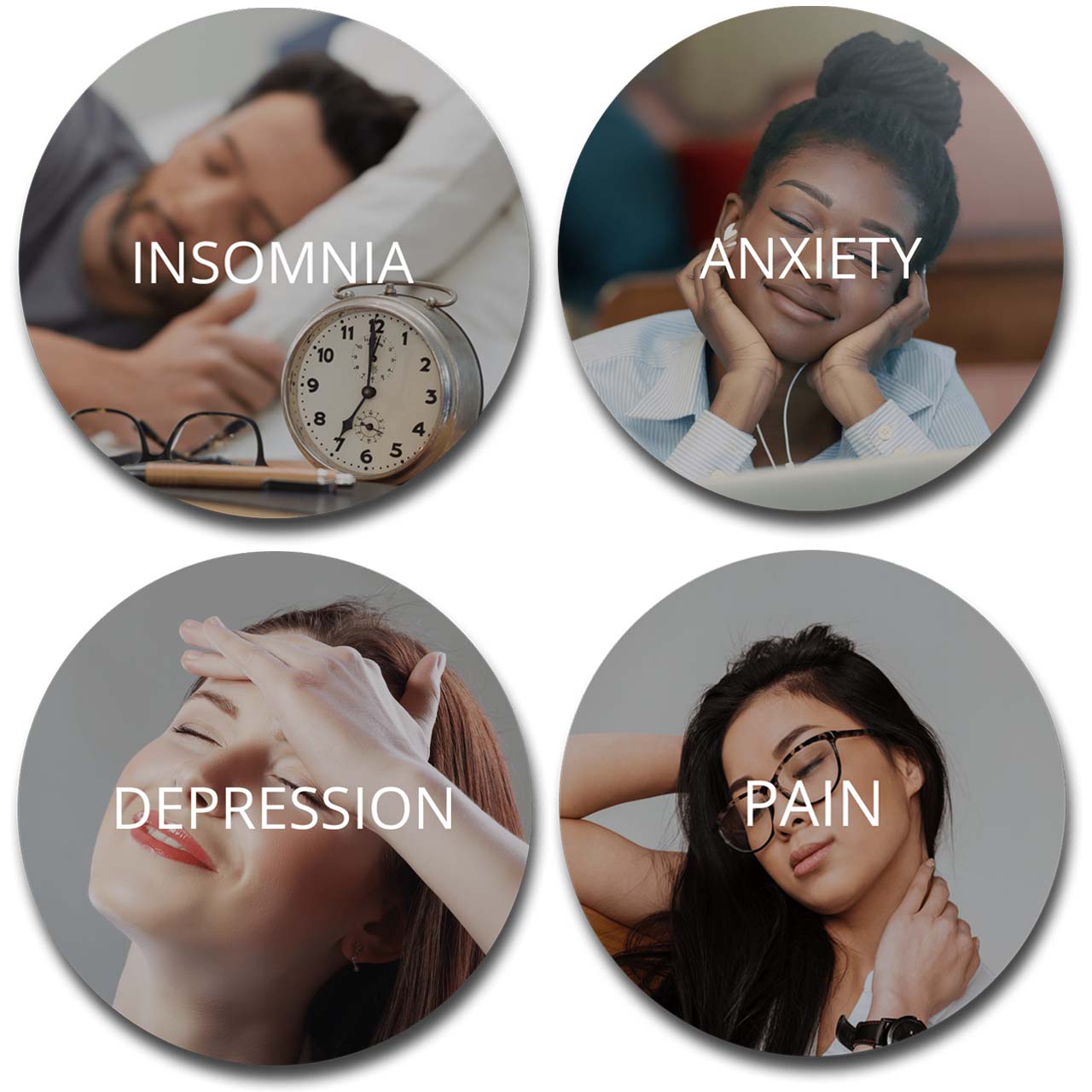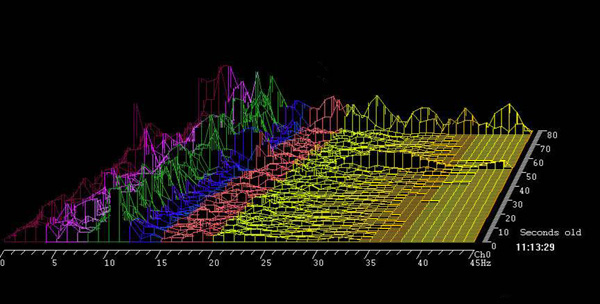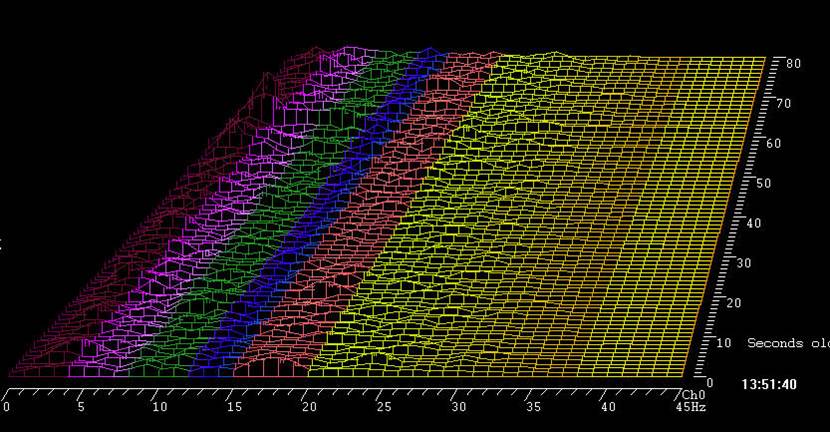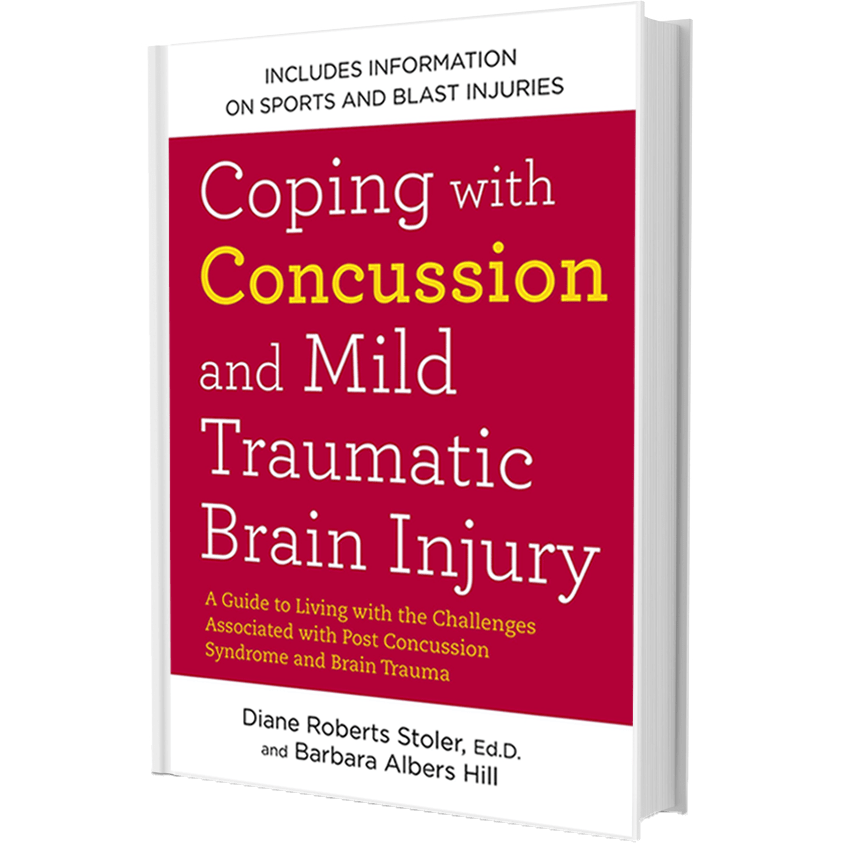Treating Symptoms with CES Devices
Are you living with symptoms of Fatigue, Insomnia, Anxiety, Depression, or Chronic Pain?
Is there something other than medication that can help? Yes!
Yet when you look and see all the different devices and methods, you are overwhelmed and unsure which one can help you. With my background and experience, I decided I would write two in-depth blogs to help you understand what CES device is best for treating your symptoms.
I come from a coaching/teaching background and represent all of the products in these two blogs. In the past, I have presented this information in an 8-hour workshop specifically for clinicians. Having experienced relief through these devices myself, I felt it was time to share this information with you. Now you can make sound decisions, find relief and benefit directly from using these various devices.
Three major types of devices help with the symptoms mentioned above: Electrical, Sound, and Light. The two blogs I write will cover all three. This blog will focus solely on Electrical devices, while the next blog will focus on Sound and Light devices.
Symptoms and Brain Waves
It is essential to note that what is causing your current symptoms, such as anxiety or chronic pain, is a dysregulation of your brain waves. Therefore, finding the correct method to regulate your brain waves will help you resume life free of your current symptoms.
Brain Function Basics
Your brain function includes “White Matter” or your brain’s electrical system which sends electrical signals across the “Gray Matter” or the structure of your brain. With brain placidity, the brain can repair itself.
Your brain’s ability to function and regulate itself is similar to a car running smoothly. All the tires must have the same amount of air pressure for the vehicle to run in alignment.
In the same way, each frequency is similar to voices in a choir. When they sing in harmony, you are functioning without symptoms. See normal ranges and the explanation of each with and without symptoms here.
Electrical Devices
- (TACS) Transcranial alternating current stimulation
- (tDCS) Transcranial direct current stimulation
- (PEMF) Produce electromagnetic fields with various waveforms and frequencies to support the body’s natural recovery process
- (MET) Microcurrent Electrical Therapy
Regardless of the electrical signal delivery method, they all produce a similar frequency noted here.
Understanding of the Four Types of CES Devices
Dave Siever, the inventor and founder of “Mind Alive,” said it best in an article in Jan 2015. With permission, I have shared his explanation here.
Background
“Cranio-Electro Stimulation (CES) is primarily a brain-calming technique that delivers small pulses of electrical current through the brain. CES is a subset of transcutaneous Electro-Neural Stimulation (TENS). TENS refers to any form of electrical stimulation delivered through the skin.
Typically, TENS consists of a reasonably strong pulse and is used to contract muscles (and is used for pain management), while, CES, on the other hand, involves a much weaker pulse and is typically applied bilaterally across the skull via the placement of two small electrodes (one on each side of the head). Most studies have used electrode placements on the mastoid process, just behind the ear or on the ear lobes or temporal lobes. A few devices have also placed one electrode on the head and the other on a shoulder or arm. CES devices employ alternating currents (AC) in audio frequencies typically from 0.5 to 100 Hz, and one device uses 15 kHz. There are various theories as to how CES affects the brain. The most popular is that direct action is enacted on the brain via the brain stem, the limbic system, the reticular activating system, and the hypothalamus, affecting neurotransmitter production and possibly the default-mode network.”
History
“The roots of simple brain electro-stimulation span back as far as 129 AD, when the philosopher and physician named Galen used eels to provide electric shocks to treat a variety of ailments, including melancholia, depression, and epilepsy (Kneeland & Warren, 1994). In 43 AD, Scribonius Largus, a Roman physician, used torpedo fish (also a type of electric eel) to treat various ailments, including headache and gout (Kneeland & Warren, 1994). Modern CES research was begun by Leduc and Rouxeau in France in 1902 (McClintic, J., (1978). CES was initially studied for insomnia and was called electrosleep therapy (Gilula & Kirsch, 2005). In 1949, the Soviet Union expanded research of CES to include the treatment of anxiety as well as sleeping disorders.
To date, approximately 40 CES devices have been marketed in the USA, Canada and Europe. About 200 studies have been published that cover a wide variety of clinical applications including improved drug abstinence and cognitive functioning in recovering alcoholics and drug users.” (Since this publication in 2015 there have been over 1,000 studies published.)
Regulation
“On the regulatory side, the Food and Drug Administration (FDA) recognizes CES as a treatment for anxiety, depression, and sleep (serotonin effect) but surprisingly not for pain (endorphin effect) even though the endorphin effect and efficacy for pain treatment have been well documented.
Research suggests that CES affects the brain via the reticular activating system and/or the hypothalamus (Gibson & O’Hair, 1987; Brotman, 1989).”
FDA Approval
If the device is FDA-approved for your symptoms, it is considered a medical device. Thus most, but not all, insurance companies will reimburse you for the device.
Which CES Device is Best For Your Symptoms?
It is imperative to treat both the symptom and the cause. If you have a runny nose, the reason could be a virus, bacterial infection, or allergy. Of course, you would treat the symptom (a runny nose); however, taking an antibiotic would not help either the symptom or the cause if the runny nose is from a virus. The same is true when selecting the correct CES device for your symptoms of fatigue, sleep problems, insomnia, anxiety, depression, or chronic pain.
Devices by Symptom
I will be presenting the most common symptoms with possible causes, such as sleep, anxiety, stress. OCD, and ADHD. Below will be the recommended devices based on the most current research. See below for types of symptoms and the devices that I recommend for them. If there is a device that you were considering and it is not on this list, don’t hesitate to get in touch with me.
Sleep Problem Symptoms
Sleep issues can vary from trouble falling asleep; restless sleep – waking up during the night and not waking refreshed. A good night’s sleep, which includes “Restorative Sleep,” allows the brain to heal and restore itself to its highest productivity. You need 8 hours of REM sleep (Rapid Eye Movement) and Non-REM sleep to get restorative sleep. During this time, your peripheral nervous system goes offline, and your body feels paralyzed. How I usually explain it is, it is similar to repairing a bridge. To restore the bridge, you need to stop traffic (Non-REM sleep) and then allow traffic to go by (REM sleep).
Anxiety Symptoms
Anxiety symptoms caused by genetics (anxious personality) – I often label people by dog personalities. Most people know that a Chihuahua is more reactive than a Newfoundland. In the same way, some humans are genetically more anxious. In contrast, others have anxiety due to trauma, such as child abuse, domestic violence, sexual abuse, neglect, or situational disasters such as being in a major car accident or witnessing 9/11. Often the feelings of anxiety are some combination of both genetics and situational events. Regardless of the cause, the symptoms are your fight/flight reaction (sympathetic/parasympathetic nervous system), and you cannot calm yourself.
Depression Symptoms
The term depression is a general term for feeling down, losing interest in everyday things, and having dark thoughts. There may also be a loss of energy to do the things you usually do. It is important to note that the term depression describes two areas. First, clinical depression, caused by an imbalance of neuromodulators in the brain.
Second, the electrical system in the brain, the result of eating the wrong foods, environmental situations, and emotional loss (grief). Often there is a combination of all the above. Choosing the correct device is crucial. I have a very close friend who has had clinical depression most of her life. She had tried all kinds of medication, and nothing truly helped. Then I sent her the Fisher Wallace Stimulator, and after using it, she couldn’t believe how it had given her life again.
Living with the current pandemic, the political climate, and trying to make ends meet, you know what stress is. Google’s definition is the following: “Stress is a feeling of emotional or physical tension. It can come from any event or thought that makes you feel frustrated, angry, or nervous. Stress is your body’s reaction to a challenge or demand. In short bursts, stress can be positive, such as when it helps you avoid danger or meet a deadline.”
OCD Symptoms
Obsessive-Compulsive Disorder (OCD) is an anxiety disorder in which people have unwanted and repetitive thoughts, feelings, or obsessions. The person may act on the ideas to stop them, but the relief doesn’t last. Also, unfortunately, not acting on the thoughts can cause much anxiety in the patient.
ADHD Symptoms
ADHD is a chronic condition includes attention difficulty, hyperactivity, and impulsiveness.
Pain Symptoms
As defined by the International Association of the Study of Pain, Pain is “an unpleasant sensory and emotional experience associated with actual or potential tissue damage, or described in terms of such damage.”
Parkinson’s Disease
The Parkinson Foundation states, “Parkinson’s disease (PD) is a neurodegenerative disorder that affects…dopamine-producing neurons in a specific area of the brain called substantia nigra.
Symptoms and Suggested Devices
Sleep
Alpha Stim Aid
Oasis Pro
CES Ultra
Bellabee
Depression
Oasis Pro
Bellabee
Fisher Wallace
Stress
Oasis Pro
CES Ultra
OCD
Oasis Pro
ADHD
Oasis Pro
Bellabee
Pain
Alpha-Stim M
Oasis Pro – MET
Parkinson
Bellabee
To find out more about these Electrical devices and how they might be helpful for you, schedule a consultation with Dr. Diane® today.





